Beaver family complete move from Tayside to Loch Lomond
- Published
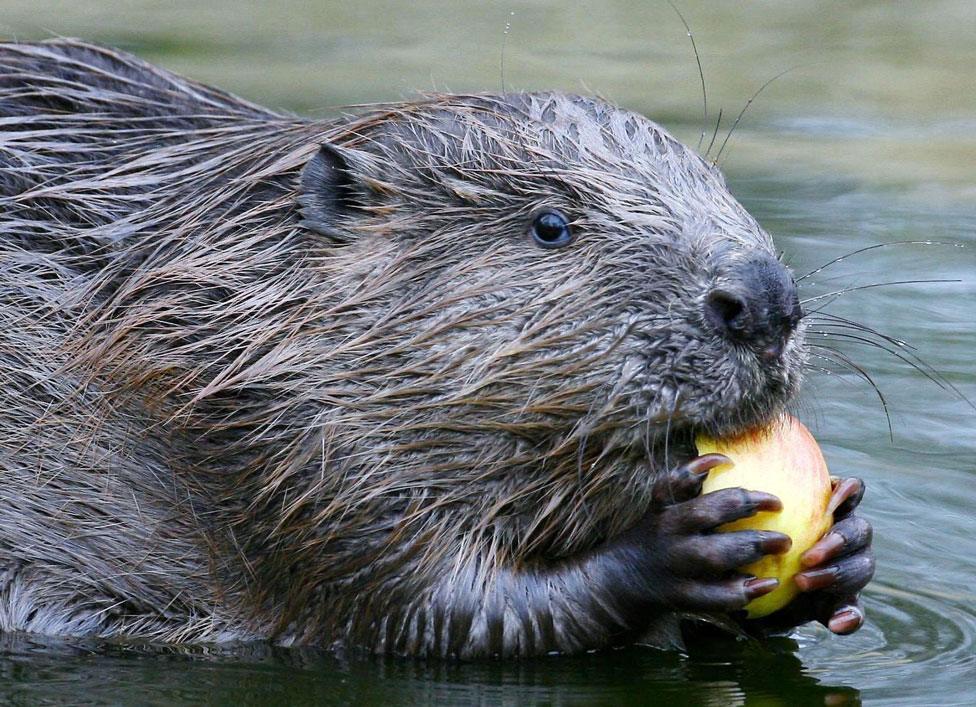
A family of beavers has been moved from Tayside to Loch Lomond as part of efforts to boost biodiversity.
It is only the third time in Scotland that such a translocation has taken place since the first trial at Knapdale in Argyll began in 2009.
It is part of an alternative Scottish government plan to culling the rodents when they cause problems.
The family were moved from an area where beaver activity was having a serious impact.
In the past, farmers have spoken of their anger at the damage beavers cause to their land.
The government agency NatureScot estimates that Scotland's beaver population is around 954, with 254 territories.
Following health tests and checks the pair of beavers and their five young offspring - two yearlings and three kits - were released on Friday at the Loch Lomond National Nature Reserve (NNR).
The reserve is jointly managed by RSPB Scotland, Loch Lomond & The Trossachs National Park Authority and NatureScot.
Anne McCall, director of RSPB Scotland, said: "We are delighted to have been able to offer a home to this family of beavers, speeding up their return to Loch Lomond.
"The National Nature Reserve, with its mix of open water, fen and wet woodland is a perfect place for them.
"As nature's engineers, they manage and create habitat in ways we could never hope to replicate."
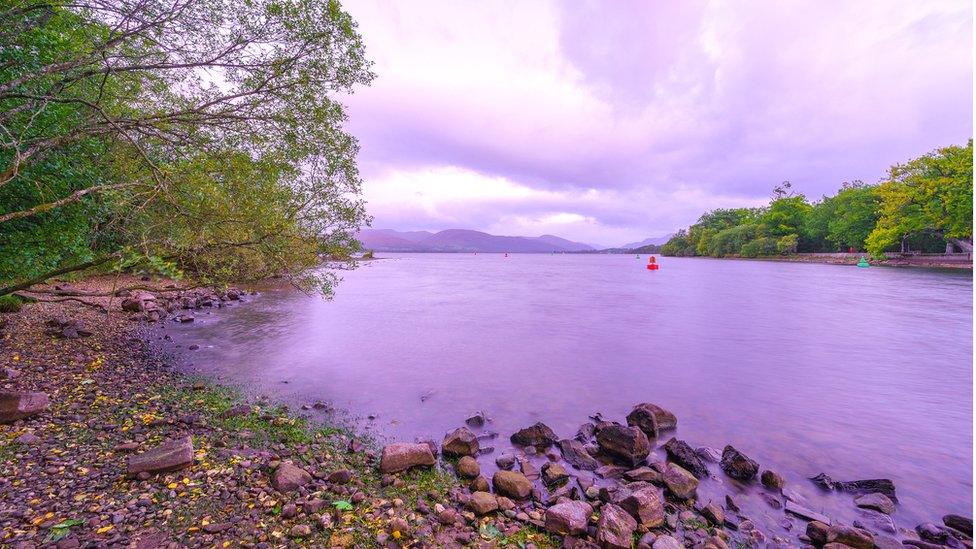
Loch Lomond NNR is an ideal home for beavers with fen, open water and wet woodland habitat
The licence to move beavers to Loch Lomond was granted late last year by NatureScot.
Following this, the family of beavers were captured before undergoing tests at the Five Sisters Zoo in West Lothian, where they were held until the release day.
Both the beavers and the habitat will now be closely monitored to see how they settle in and begin to modify the wetland.
'Important step'
Gordon Watson, chief executive at Loch Lomond & The Trossachs National Park Authority, said beavers had already been moved to other parts of the national park for many years and surveys showed they were likely to thrive in the habitat around the loch.
He added: "Evidence shows that beavers can co-exist with us in modern landscapes and bring multiple benefits, from creating wetland habitats that support multiple species to helping mitigate flooding."
NatureScot chief executive Francesca Osowska said the release marked "an important step in helping to restore biodiversity and respond to the climate emergency in Scotland".
The translocation process was managed by The Beaver Trust.

Eurasian beavers are native to Britain and used to be widespread in Scotland but became extinct in the 16th Century, mainly due to hunting
The Scottish government's biodiversity minister Lorna Slater was among those present to witness the beavers being released.
She said: "This once-lost species were driven to extinction in Scotland, but are becoming an established part of our natural environment once again.
"Through translocation projects like this one, beavers are slowly being reintroduced across the country and helping to promote biodiversity and restore nature.
"Now children growing up in Scotland will grow up alongside beavers - learning about the amazing things that they do, like natural flood management, and creating wetland habitats that support a range of other species."
After the first reintroduction trial in Knapdale in Argyll in 2009 a family were successful released at Argaty, near Doune, Stirling, in 2021.
Related topics
- Published15 December 2022
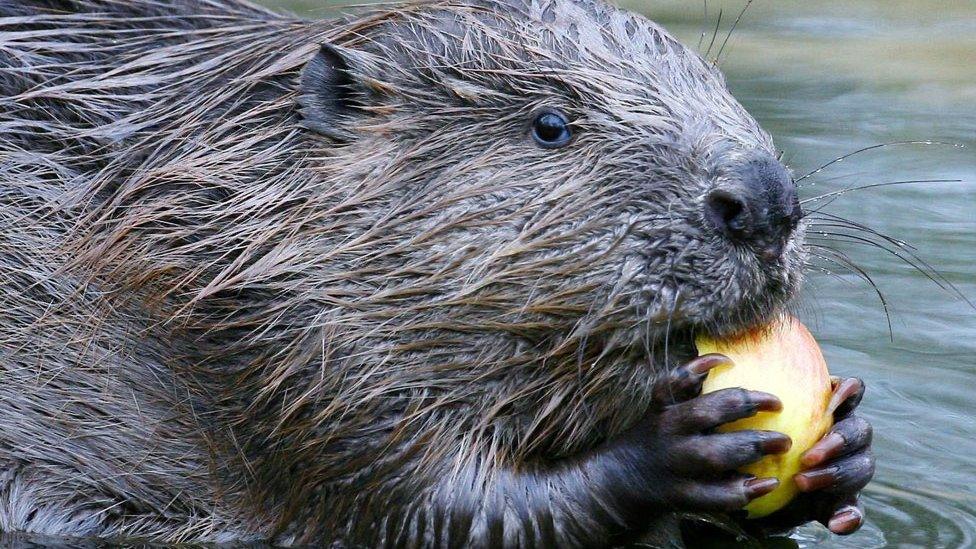
- Published24 November 2021
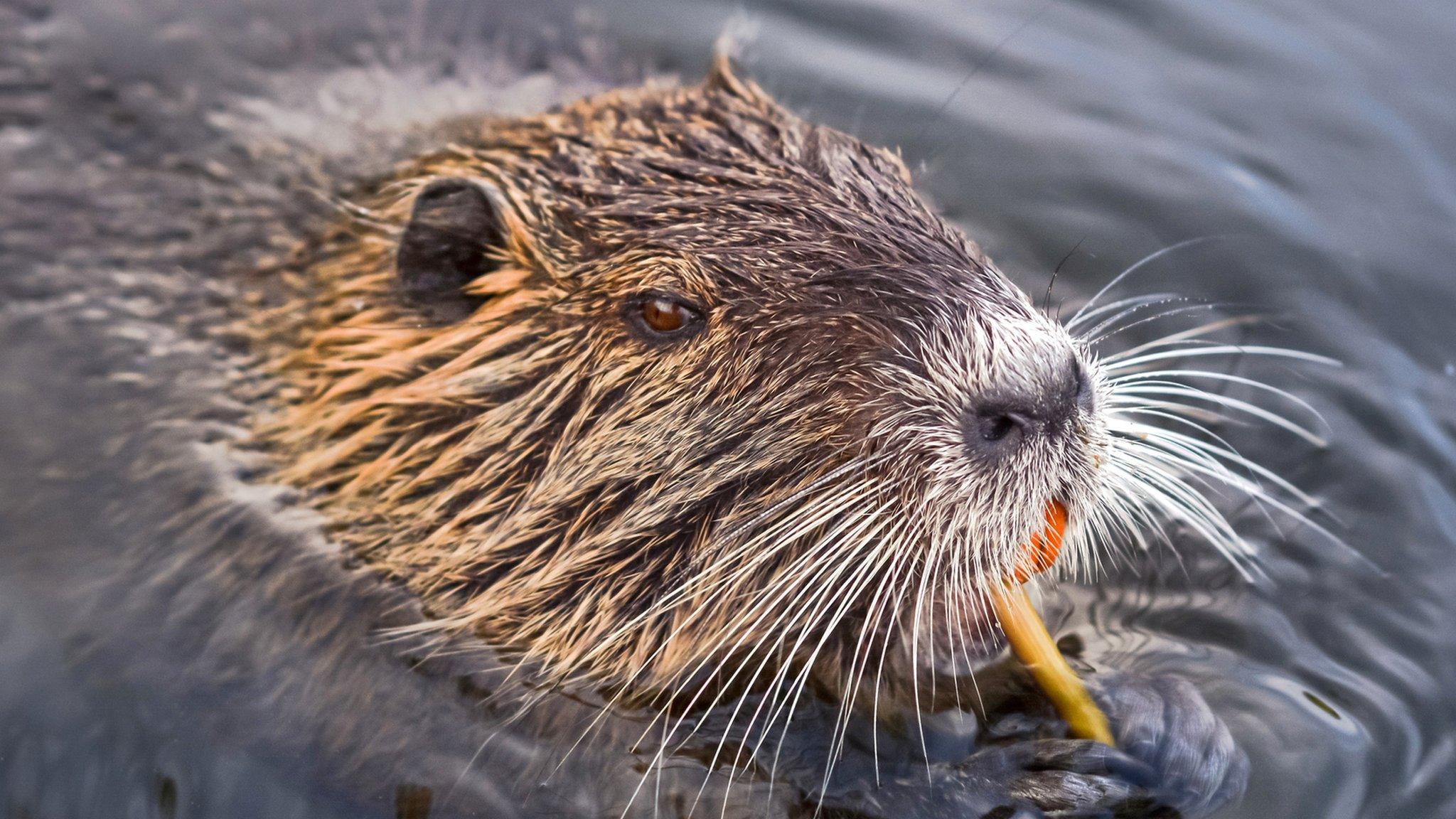
- Published10 August 2021
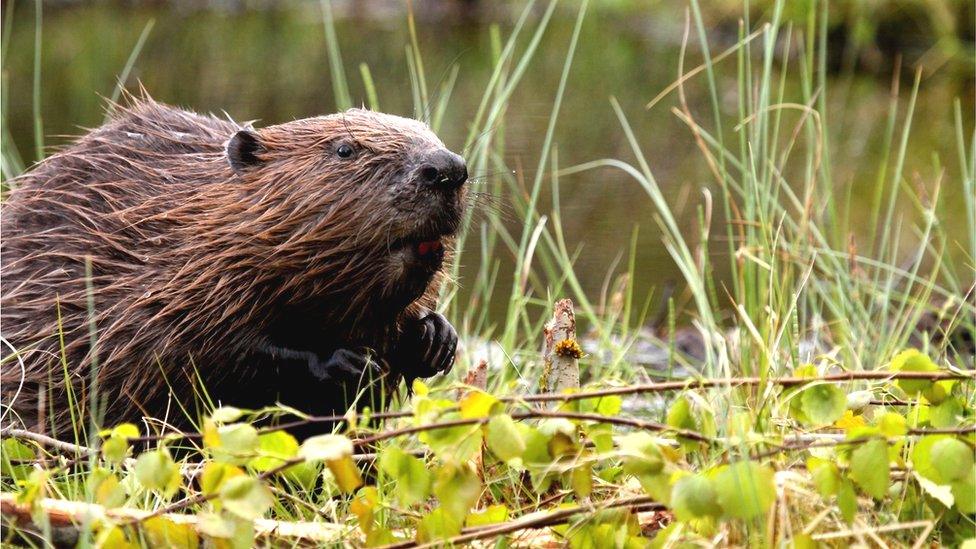
- Published12 October 2018
